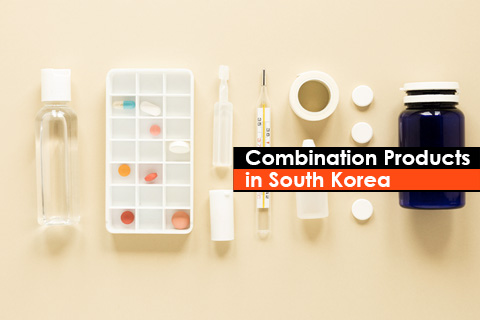
Combination products are a distinct class of medical products created by physically or chemically combining two (02) or more regulated components (drugs, quasi-drugs, and medical devices) and producing them as a single unit.
Asia-Pacific (APAC) countries like China, Japan, India, South Korea, and others that have a high demand for drug-device combinations are rapidly expanding in the healthcare segment because of their growing populations and healthcare expenditures.
Does South Korea Recognize Combination Products?
Combination products are recognized in South Korea and are regulated by the PAA (Pharmaceutical Affairs Act), or the MDA (Medical Device Act) based on the primary function of the product. The Pharmaceutical Affairs Act will apply to the manufacture, import, sale, and distribution of the combined product if it is determined to be a drug product. The Medical Devices Act will apply to the combined product if it is determined to be a medical device.
How are Combination Products Categorized?
The Primary Mode of Action (PMOA) of the combined product determines how combination products are categorized. In November 2021, the Korean Ministry of Food and Drug Safety (MFDS) issued the guidelines for the review and approval of combination products to help in understanding how to classify combination products, and in April 2022, the Casebook on the domestic and overseas classification of combination products.
The guidelines state that the intended use, mode of action, method of administration, or dose of a particular combination product determines whether it is a pharmaceutical or a medical device. It should be noted that combination products should be evaluated by both the departments in charge of pharmaceutical product approval and medical device product approval throughout their product approval stages.
What are examples of Combination Products?
- Pre-filled syringes and progestin-releasing IUDs are two examples of combination products that are regulated by the MFDS as pharmaceuticals.
- Drug-eluting stents and implantable pacemaker electrodes coated with steroids are examples of combination products regulated by the MFDS as medical devices.
Combination products present different challenges in managing the application of various review processes and Regulatory requirements. Get expert advice to guide you in overcoming these challenges. Consult Freyr today!


